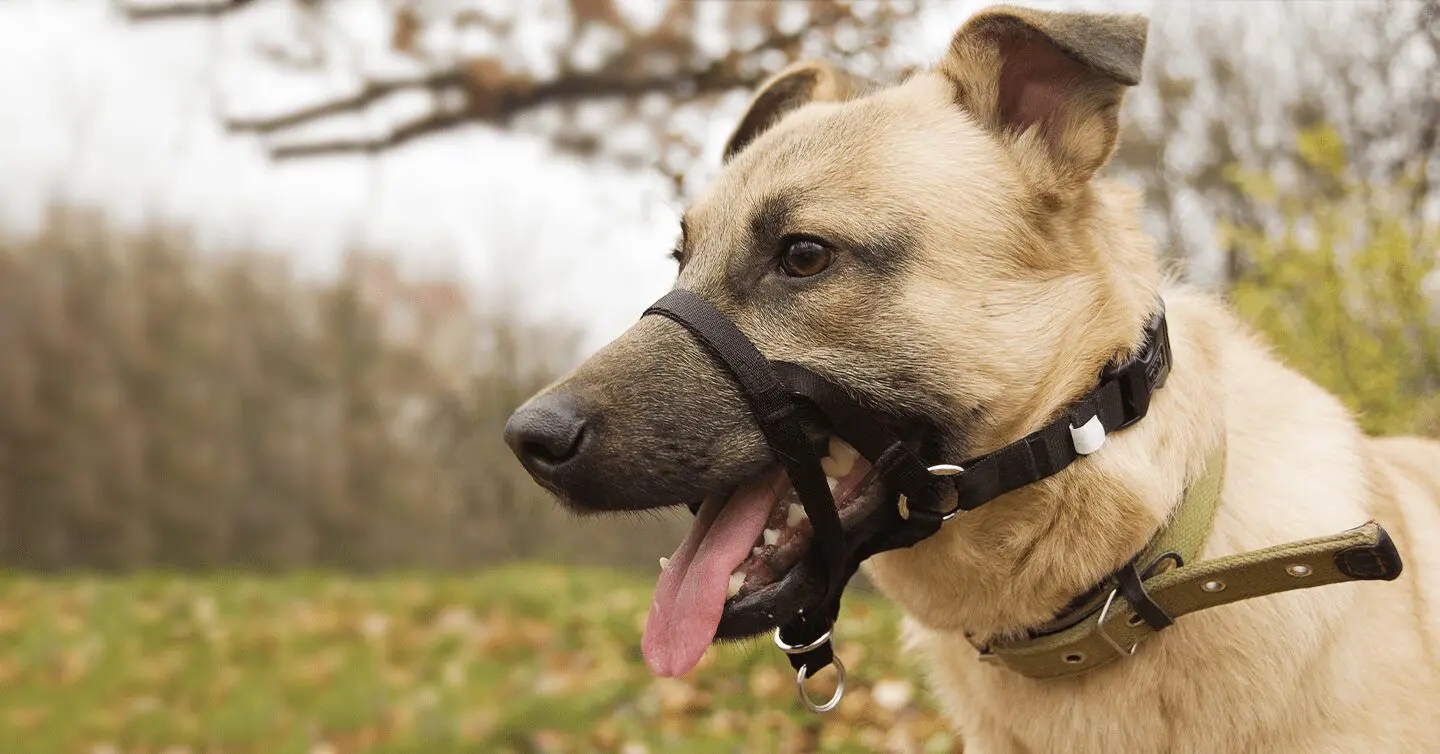Training a dog takes time and patience.
However, if you are at your wit’s end, you may be considering a training collar for behaviors like pulling, excessive barking, digging, food aggression, or setting area boundaries.
But before you run out and purchase one, let’s take a deeper dive into what they are, if they’re safe, and if they’re the right option for you.
What is a dog training collar?
Training collars are meant to refocus your dog’s attention away from unwanted behaviors. The theory behind these collars is that your dog will associate the unwanted behavior with discomfort and stop doing it until the “reminder” is no longer necessary. However, these helpful training aids can easily be misused, creating injury or worsening behavioral problems, which is why education on these collars is so important.
Whether or not training collars are a productive training tool is controversial. Even the slightest misuse of a training collar can cause your dog pain and make them fearful or aggressive.
Most certified dog trainers will tell you that positive reinforcement or rewards-based training is the most effective way to accomplish behavior modifications. If your dog is exhibiting signs of behavioral issues, professional trainers, animal behaviorists, and dog training classes can make a tremendous difference.
So, before you go out and purchase a training collar, it’s important to have all of the facts. There are a few different types of training collars you will see – some are deemed acceptable for use while others are not.
Let’s go over how each collar works, which ones to avoid, and how to utilize them in a safe, productive way.
Recommended training collars:
Pulling or directional collars
Directional collars are a safe option for discouraging most pullers. These are easily adjustable collars and harnesses that fasten in front of your dog’s chest to resist any pulling against the leash. This shifts their focus away from what caught their attention and back to you. They are very effective when paired with rewards if your dog pulls or lunges throughout your walks together.
Head Halters
Head halters are another safe and effective type of training collar. It’s a gentle leader that is placed over a dog’s nose and neck. When used correctly, they can help tremendously with leash pulling.
Training collars best used under professional supervision:
Martingale collars
Martingale collars are adjustable collars that tighten a bit under tension, but not so much that they constrict a dog’s neck like a slip or prong collar. Depending on your dog’s breed, size, and strength, some dog trainers will recommend using this collar. Although it’s typically not everyone’s first choice, under proper supervision and handling, this training collar can prove to be a successful training device short-term.
Training collars to avoid:
Slip collars or prong collars
Slip collars or prong collars are not recommended training collars. In fact, dog trainers discourage them and most reputable pet stores don’t sell them anymore. A slip collar or prong collar squeezes your dog’s neck tightly, and can cause injury if improperly placed or used. Pet parents should steer clear of these collars.
Electronic training collars (also known as e-collars, shock collars, or bark collars)
Electronic training collars are also not recommended training collars. Most dog trainers will discourage their use under any circumstance that isn’t under the strict guidance of a professional because of the risk of injuries, fear, and aggression they can cause when used improperly. This type of collar usually holds a receiver with two or three metal prongs that contact the dog’s neck or skin. Stimulation is sent from a remote control to the receiver that can send various levels of stimulation of beeps, vibrations, or electric shocks to suppress unwanted behavior like when a dog barks.
Originally, e-collar training was used to train hunting dogs, but in recent years, some dog owners have used them to correct unwanted behavior in their dogs.
Using an electronic training collar or bark collar stirs up heated controversy because so many dogs have been victims of their improper use. Even at their lowest level, e-collars can malfunction, causing harm. Most professional trainers consider these collars an aversive training method that should be avoided.
How to know if a training collar is right for your dog
The truth is, a training collar will only take you so far when it comes to correcting your dog’s behavior. Although training collars can help you fine-tune behavior, there are foundational training aspects you’ll want to cover first.
- Basic leash training and obedience: For a training collar to be effective, your dog must first have an understanding of basic obedience commands and how to walk on a leash. If you have a young puppy, avoid training collar use and try positive reinforcement methods such as clicker training, training treats, and toys instead.
- Train yourself: Regardless of what training collar you use, be sure to carefully read all instructions and watch training videos when available before you put it on your dog. Make sure you understand what you’re doing, how the device should work, and what purpose it serves. Your dog’s age, fur density, and size can make an enormous difference in training collar efficacy. Speak to a veterinarian or a dog trainer if you aren’t sure.
- Know your dog: Your dog’s breed and temperament naturally influence their trainability. Discuss the best method of training with your veterinarian, a dog trainer, or an animal behaviorist if you’re dealing with some unwanted behavior. They will provide you with science-based views and recommendations.
Tip: Some pet insurance plans can help you pay for treatment of behavioral issues such as anxiety or aggression.
Training collar use: Best practices
- Ensure proper fit: Like any collar or dog accessory, your training collars should fit snug but not chafe your dog during walks. You should be able to fit two fingers between the skin and the collar.
- Wear time: Training collars are not to be worn for long periods of time. They are best used in brief spurts, only during training sessions, and always under the supervision of a responsible adult. In addition, some dogs take some time or multiple sessions to adjust to wearing the training collar. Be patient and provide treats and praise to create a positive association with wearing the training collar.
- Timing of correction: Time the corrections when your dog needs them, which is immediately after the undesirable behavior occurs. Waiting to correct can make the purpose of the correction unclear to your dog and can create conflict in your relationship
- Watch for stress responses: Stress raises cortisol levels and your dog’s heartbeat. Be on the lookout for panting, nervousness, fear, or aggressive behavior while wearing the collar. Stop using the collar if your dog is showing stress. Your veterinarian and trainer can recommend alternative dog training choices for your dog.
Is a training collar the right answer for your dog?
Dog training takes time, consistency, and patience – and while some breeds are more eager to train than others, all dogs are trainable with the right approach.
If you are struggling with your dog’s training, there are several options available to help you. Training classes, professional dog trainers, and animal behaviorists can help with even the most troublesome problems, so don’t jump to a training device right away! Remember, having a happy, well-behaved dog is possible, you just have to find the method that’s right for you.
Regardless of which training method you use, a proper training routine can help increase your pup’s health, happiness, and safety – just like pet insurance! Learn why all the dogs are wagging about Pumpkin’s Dog Insurance plans and fetch your free quote today.




